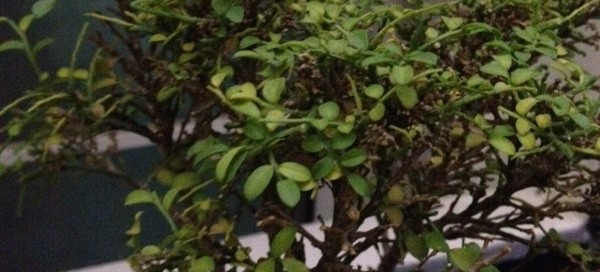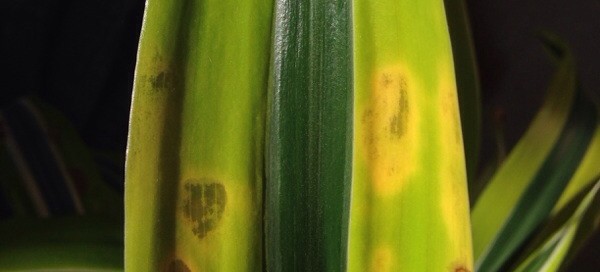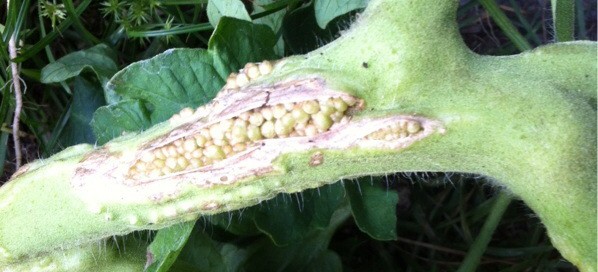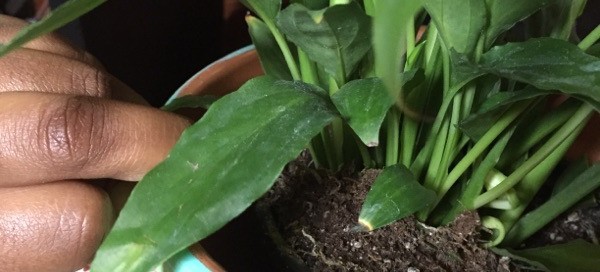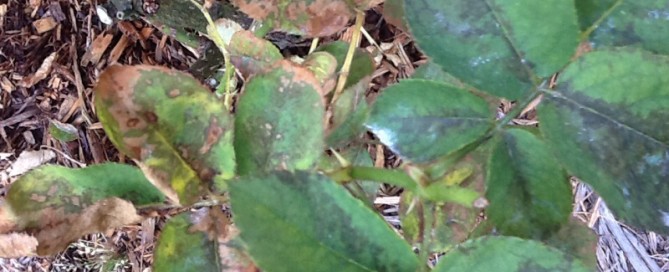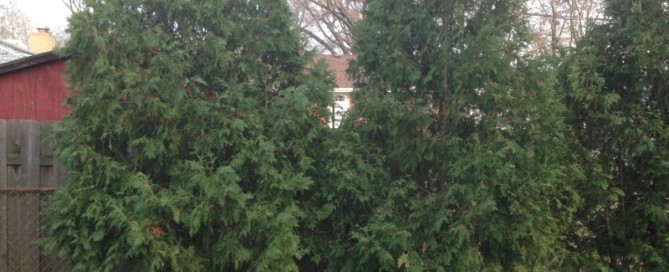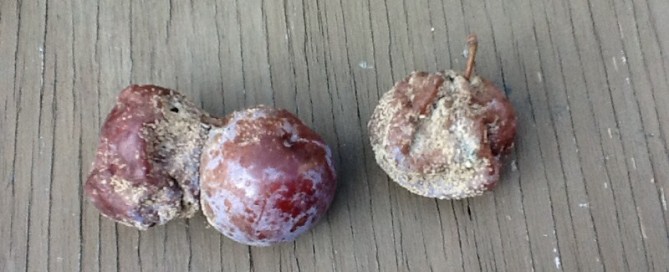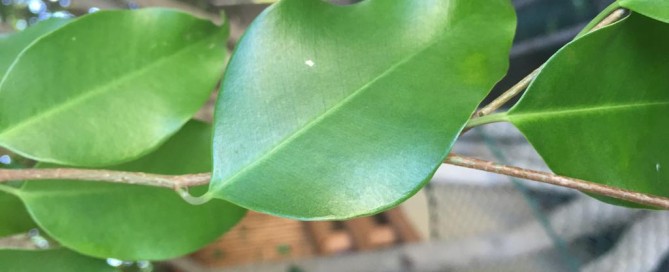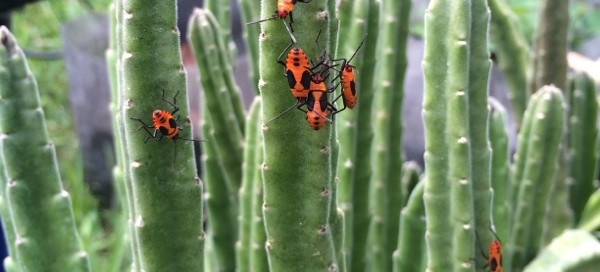Bonsai Problem
Difficult to tell for sure, but it could be the result of being indoors, or if recently transplanted, suffering from transplant shock, or allowed to dry out. We also notice it is a pot within a pot and might be sitting in water leading to root rot. Bonsai specimen are outdoor plants and cannot tolerate the low light conditions indoors for very long. Even with bright indoor light, it is not the same as being out doors. Most bonsai are grown in lath houses. Fertilize with a slow release food recommended for bonsai plants and find a nice outdoor area with filtered light and then be ready to water---they dry out so fast, but make sure the water is allowed to drain out before putting it back in another pot or saucer with no drainage holes. For more information and confirmation of the problem, consult a bonsai society in your area such as : the previous resource given, the pakistanbonsaisociety.org or local garden centre that specializes in bonsai.We are concerned that the problem of defoliation has happened so suddenlyt and this could also indicate a disease, but very difficult to ascertain from a photograph. It would be best if the problem could be confirmed in hand.
